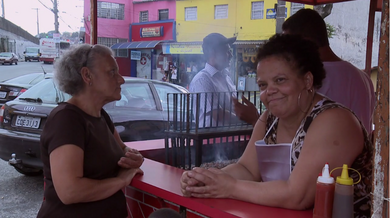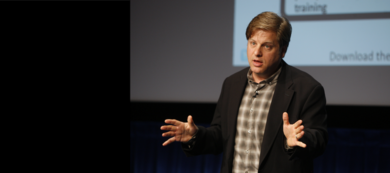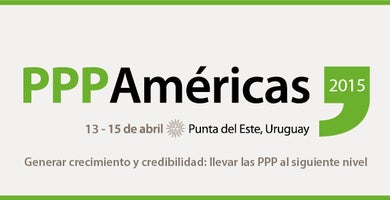
Changes at the base of the pyramid will transform markets in Latin America and the Caribbean
By Lourdes Gallardo, Senior Specialist, Opportunities for the Majority at the Inter-American Development Bank From 2000 to 2010, Latin America and the Caribbean (LAC) enjoyed a remarkable wave of sustained economic growth which helped improve the incomes and welfare of millions of people living at the base of the pyramid (BoP). According to the World Bank, nearly 70 million people increased their purchasing power significantly and 50 million Latin Americans escaped poverty over the decade. This sea change dramatically altered their aspirations, priorities, and interactions with their societies.

What happens when low-income people's disposable income increases?
The base of the pyramid as we knew it ten years ago has changed tremendously. Latin America and the Caribbean’s economic growth between 2000 and 2010 benefited many in the region, from top to bottom. Millions of people emerged from poverty, and the segment of those living on $4-10 a day grew considerably. More than 400 million people in Latin America live at the base of the pyramid (BOP) today. They represent a $760 billion market annually. The Inter-American Development Bank's BASE III Forum will be this year's opportunity to discuss how to tap into this unexplored market and have an impact on low-income people's lives. It will take place in Mexico City on June 29-July 1.

Social Media in Latin America and the Caribbean Private Sector
*By Eric Schwartzman If you’re curious if and how the Latin America and the Caribbean private sector uses social media, this post is for you.

Towards a new generation of public-private partnerships for Infrastructure
Latin America and the Caribbean is crying out for infrastructure improvements. An investment estimated at 5 percent of the region’s GDP—or $250 billion per year—is required to develop projects that are fundamental for economic development, not only by improving highways and bridges, but also by building hospitals and creating mobility solutions for smarter cities. Every other business sees a lack of infrastructure as a serious problem for the region.

Counterintuitive ideas are the right answer for sustainable enterprises
Most business models are formulated by the top of the pyramid. Many business leaders and academics write on the must haves of a successful base of the pyramid (BOP) business model. Still quite a few of those business endeavors fail. While reasons for failure vary, experience shows that the ability to observe, listen and understand the BOP’s social codes and priorities is key to successfully formulate and set up profitable, sustainable enterprises that target low-income markets.

PEDAL YOUR BIKE. 3 Rides for Sustainability. #COP20
Leaders from government, civil society and the private sector are gathered in Peru this week for the final days of the 20th session of the Conference of Parties (COP) to define the way forward on climate change. Bringing climate change to the world stage communicates the urgency of the issue. Many companies are already engaged, and some have even based their business models on green principles. Bicycles are one tool. Check out three rides for sustainability: